In the vast, whispering forests and across the starkly beautiful tundras, the howl of the wolf is more than a primal call into the night; it is a declaration of a complex social order. For centuries, the wolf pack has been misunderstood, often depicted as a tyranny ruled by a single dominant "alpha" male. Modern ethology, however, reveals a far more nuanced picture. A wolf pack is not a dictatorship but a dynamic, self-regulating family unit, governed by a sophisticated system of social checks and balances that ensures its survival and cohesion. This intricate societal structure, a masterpiece of evolutionary engineering, offers profound insights into the nature of leadership, cooperation, and stability.
The foundational unit of wolf society is the family. A typical pack consists of a breeding pair, often referred to as the alpha male and alpha female, their offspring from the current year, and offspring from previous years. This is a critical distinction from the old paradigm; the leaders are not the strongest bullies who fought their way to the top of an unrelated group. They are, in essence, the parents, the patriarch and matriarch of a multi-generational family. Their "dominance" is not rooted in sheer aggression but in the earned respect and deference granted to them by their progeny. They are the decision-makers, guiding the pack to hunting grounds, initiating movements, and maintaining order.
The hierarchy within the pack is fluid and context-dependent, not a rigid caste system etched in stone. While the breeding pair sits at the apex, a subtle and ever-shifting hierarchy exists beneath them. Older siblings often hold sway over younger ones, and individuals possess unique strengths—a superior sense of smell, exceptional speed, or strategic intelligence—that grant them temporary authority in specific situations. A younger wolf with keen senses might lead the tracking of prey, deferring to the experience of an older sibling or parent when it comes to orchestrating the final attack. This fluidity allows the pack to leverage the best skills of each member at the precise moment they are needed, maximizing efficiency and success.
Communication is the lifeblood of this system. Wolves are among the most expressive animals on the planet, employing a vast repertoire of vocalizations, body postures, and facial expressions to maintain social harmony. A low growl, a subtle shift in posture, or the laying back of ears can convey a wealth of information, from a gentle rebuke to a serious warning. This constant, nuanced dialogue prevents minor conflicts from escalating into physical confrontations that could injure a vital member and weaken the pack. Ritualized behaviors, such as the enthusiastic greeting ceremony where pack members whimper, lick faces, and nuzzle the returning leaders, serve to reinforce social bonds and affirm the hierarchical structure in a positive, reaffirming manner.
Conflict is inevitable in any social group, but wolf packs have evolved elegant mechanisms for resolution that prioritize the group's well-being over individual victory. Most disputes are settled through ritualized aggression—threat displays, snarling, and posturing—that rarely result in serious injury. The goal is submission, not annihilation. After such a confrontation, the wolves often engage in reconciliation behaviors: nuzzling, playing, or sleeping close together. This rapid de-escalation is crucial for maintaining pack unity, especially when facing external challenges like hunger or rival packs. It demonstrates a sophisticated understanding that internal strife is a luxury a successful pack cannot afford.
The ultimate purpose of this intricate social contract is survival. Every aspect of the pack's governance is fine-tuned by evolution to enhance its ability to hunt, raise young, and defend territory. The alpha female’s dominance ensures she gets the best food while pregnant or nursing, directly contributing to the health of the next generation. The coordinated, disciplined strategies used to bring down large prey like bison or moose, which would be impossible for a solitary wolf, are a direct result of their social cohesion and clear chain of command. The pack itself is the wolf's primary predator strategy, and its governance is the software that runs this formidable hardware.
Dispelling the myth of the brutal alpha is perhaps the most important step in understanding wolf society. The concept, popularized by outdated studies of captive wolves forced into artificial groupings, has been largely rejected by field biologists. In the wild, leadership is earned through wisdom, experience, and the ability to provide for and protect the family. The true alpha is less a despot and more a responsible parent or a seasoned CEO, making difficult decisions for the greater good. Their authority is constantly validated and legitimized by the consent and cooperation of the pack members.
The lessons from wolf pack governance resonate far beyond the forest. The principles of dynamic hierarchy, where leadership is flexible and merit-based, effective communication that prevents conflict, and conflict resolution that prioritizes group cohesion are blueprints for successful organizations, from corporations to communities. The wolf pack teaches us that true strength lies not in unquestioned dominance, but in the ability to foster a cooperative, adaptable, and resilient unit where each member plays a valued role. It is a society built not on force, but on mutual respect and a shared, unwavering commitment to a common purpose: the survival and prosperity of the whole.

By /Aug 21, 2025
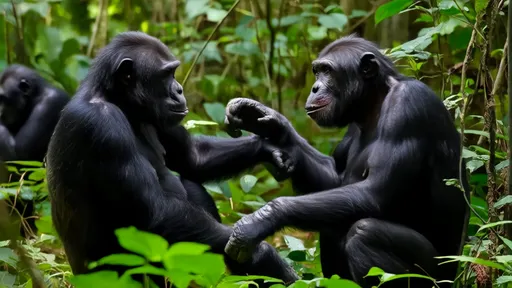
By /Aug 21, 2025

By /Aug 21, 2025
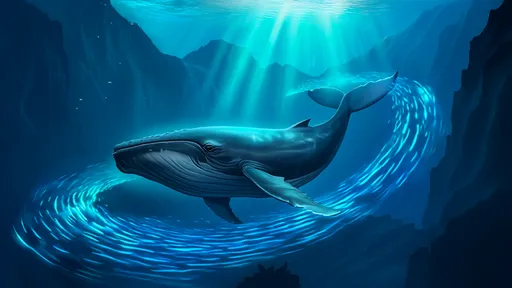
By /Aug 21, 2025
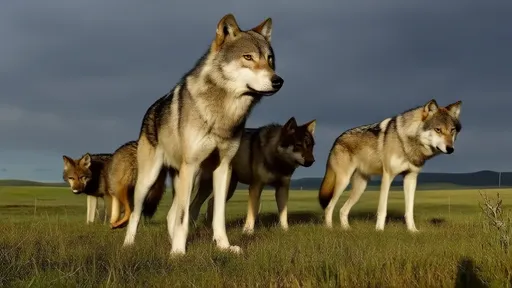
By /Aug 21, 2025

By /Aug 21, 2025

By /Aug 21, 2025
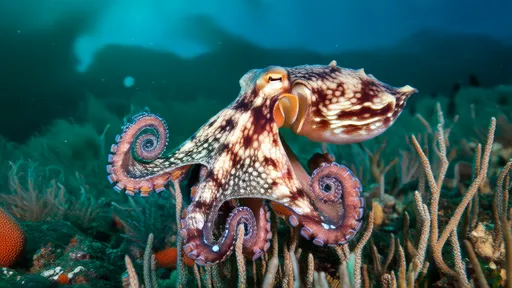
By /Aug 21, 2025

By /Aug 21, 2025
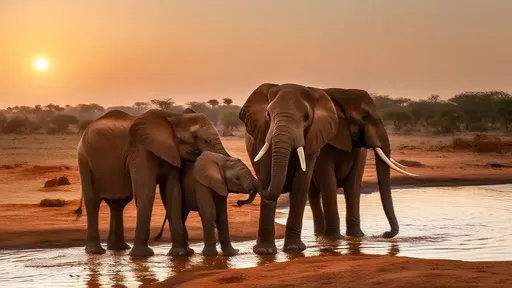
By /Aug 21, 2025
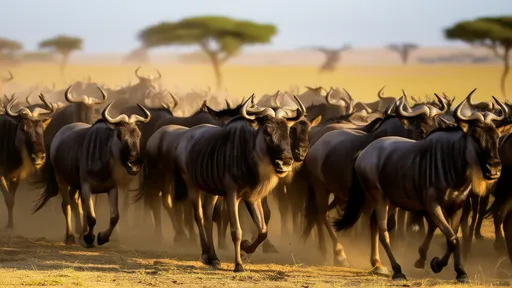
By /Aug 21, 2025

By /Aug 21, 2025
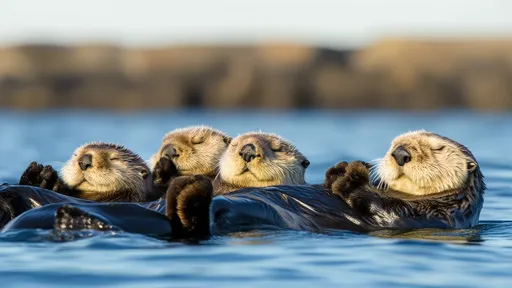
By /Aug 21, 2025

By /Aug 21, 2025

By /Aug 21, 2025

By /Aug 21, 2025
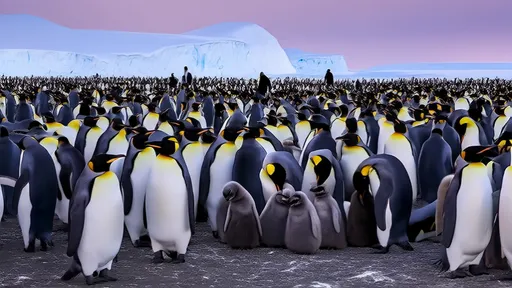
By /Aug 21, 2025
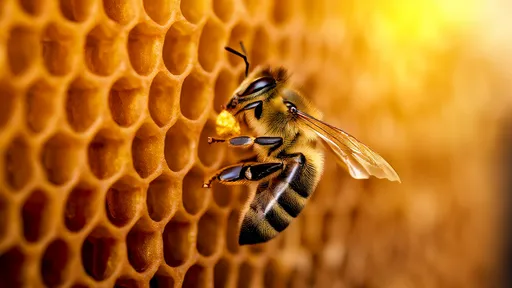
By /Aug 21, 2025

By /Aug 21, 2025

By /Aug 21, 2025